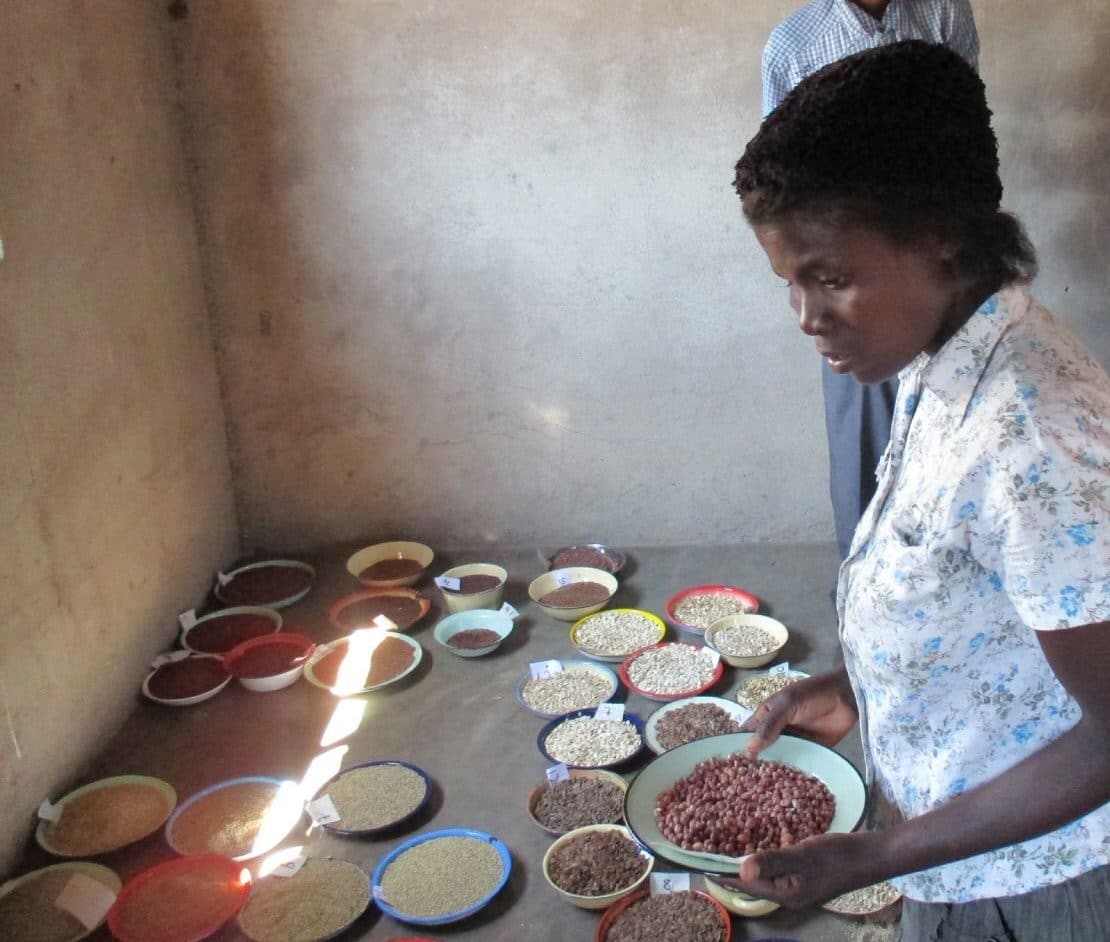Traditional Seeds Prevent Hunger in Zimbabwe
It was all smiles as Bertha Chibhememe of Sangwe communal area in Chiredzi, south eastern Zimbabwe, showed off her traditional seed varieties at a seed fair. A 45-year-old smallholder in Zimbabwe’s Lowveld region, Chibhememe told how her “nzara yapera” maize variety is thriving in a changing climate.
The name means “hunger is gone” and is traditionally peculiar to the Shangani people, explained Chibhememe, a widow who looks after eight school-going children. It allows her to protect her family from starvation in a region where it can seem impossible to survive without food aid or donations.
Many people are now shunning traditional seeds in favour of modern genetic hybrid varieties, but Chibhememe said nzara yapera grow better in dry conditions.
“That is my secret,” Bertha added. “This traditional short season maize variety together with other traditional small grains like sorghum, millet and rapoko are the best in this area. They secure our future food and nutrition for our families. We receive low rainfall and frequent flash floods and extreme temperatures.”
Bertha’s example has invigorated community members to adapt to shifting weather patterns as the planet warms. Through traditional seed fairs and workshops, farmers have a platform to share best farming practices.
A recent study by CARE Zimbabwe found that female farmers were more receptive to these ideas than their male counterparts. But they could not always use such information to their advantage due to a culture of male dominance of the household. Women did not get to decide what crops to grow and when.
This is proving to be a setback in the quest to embrace climate change adaptation techniques. But it is slowly changing, as the Zimbabwean government has started issuing land rights to women smallholders, previously a taboo.
